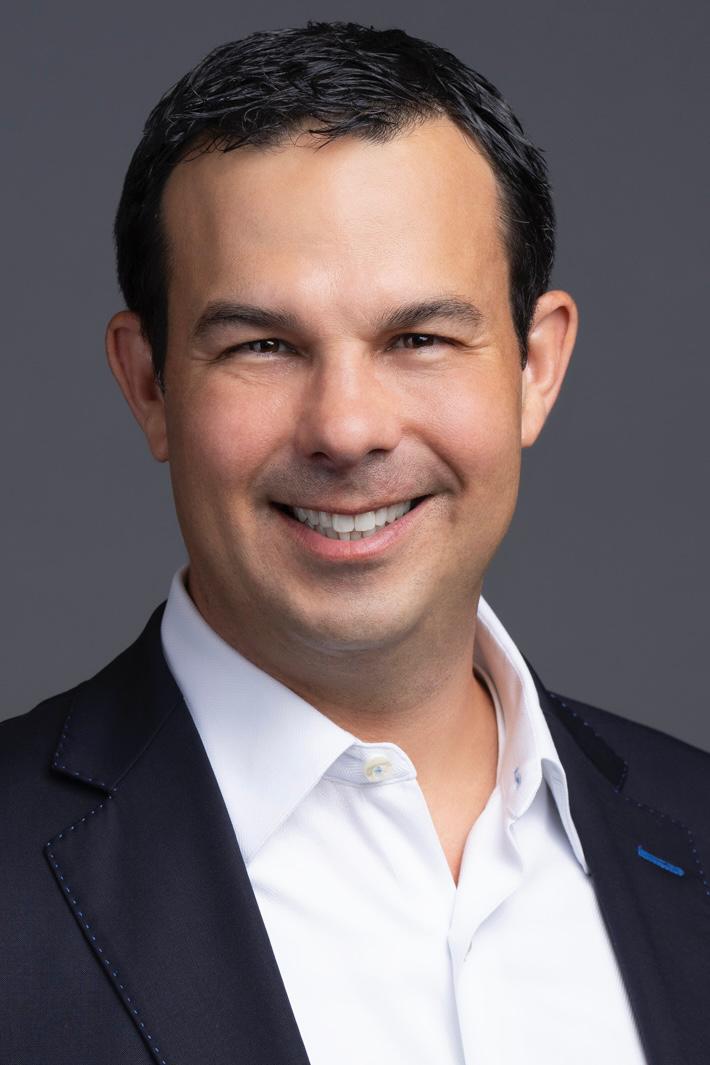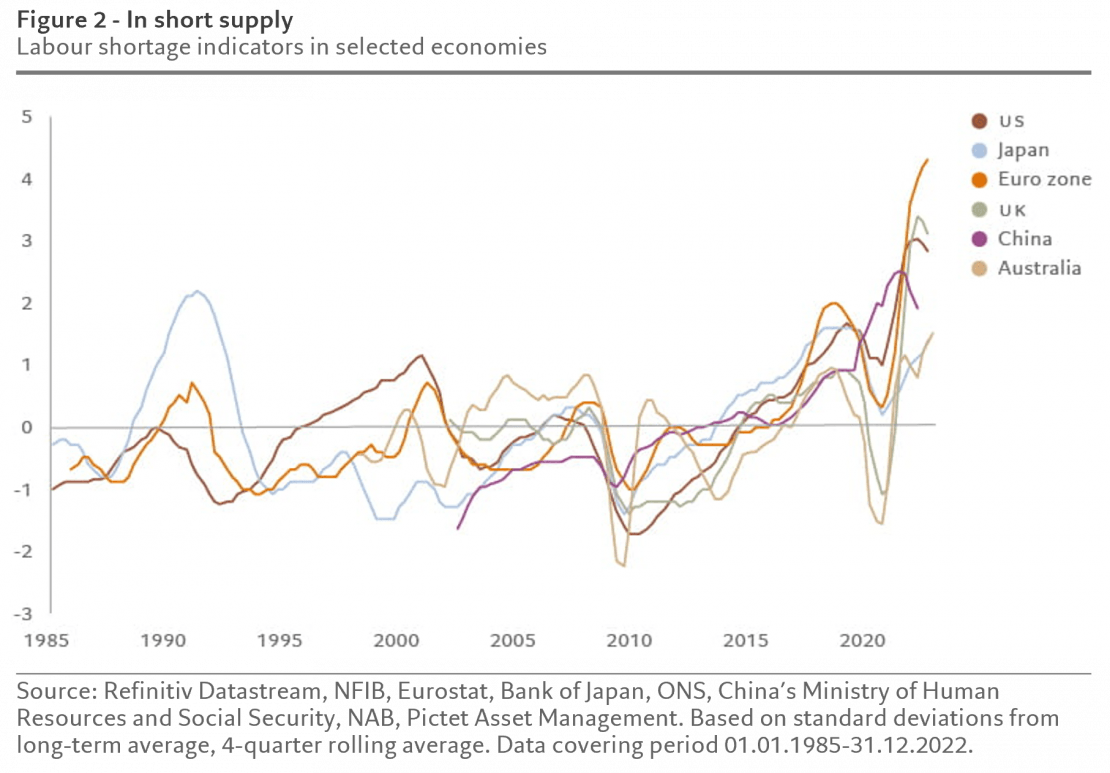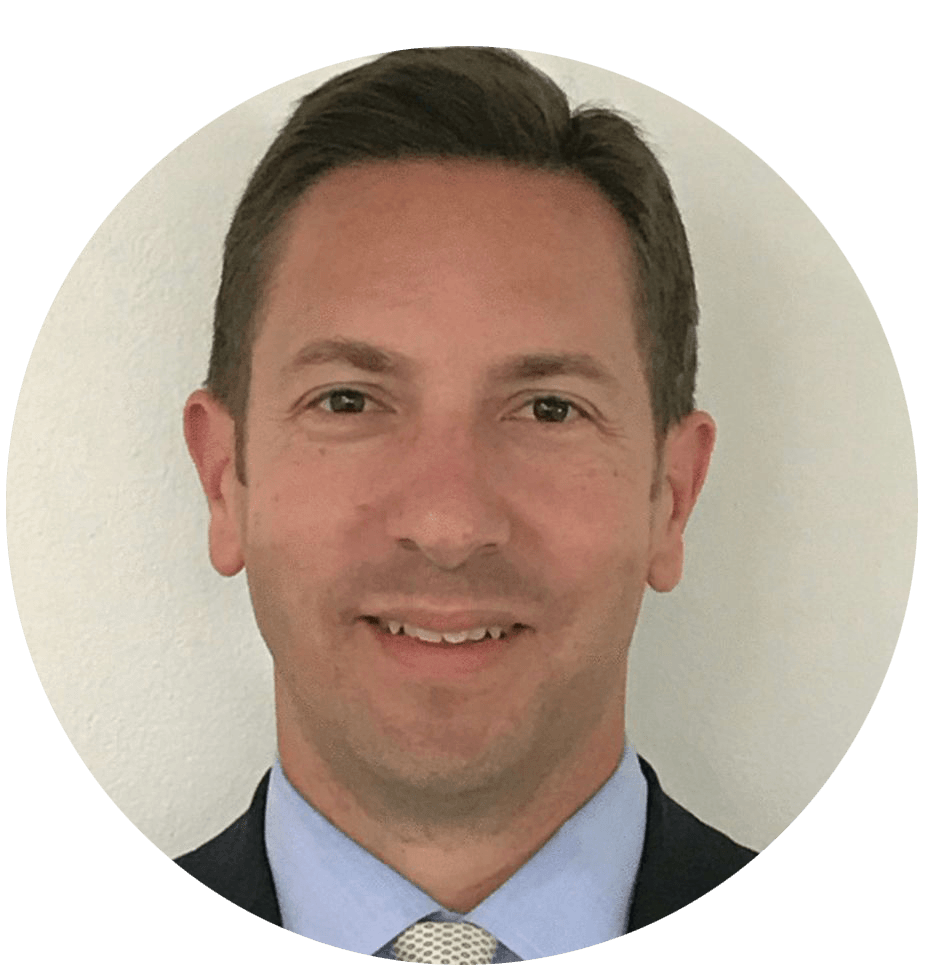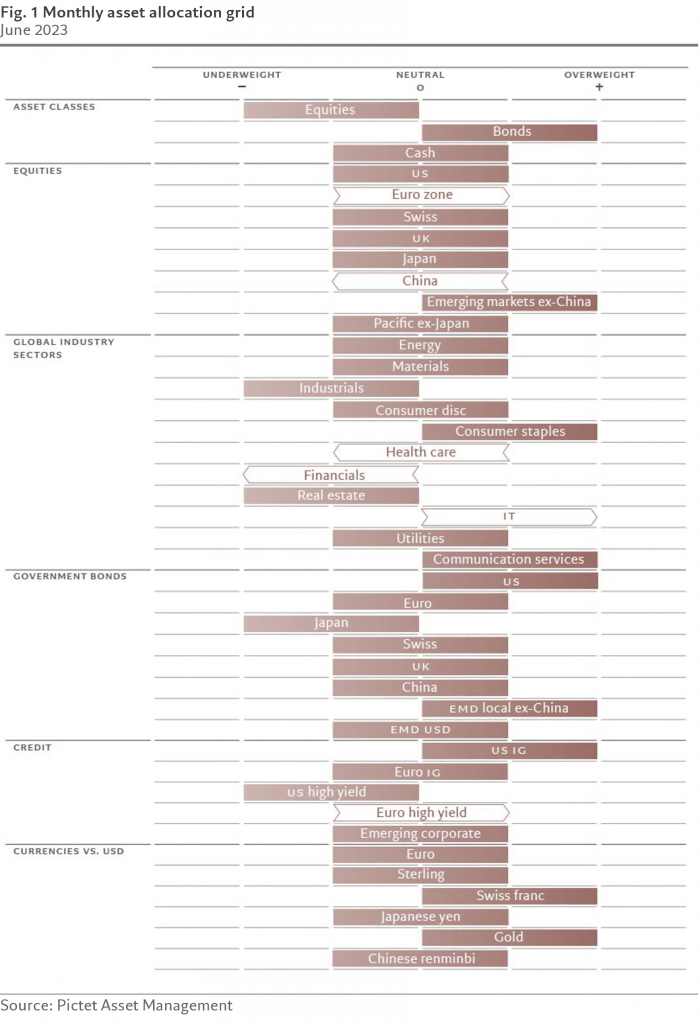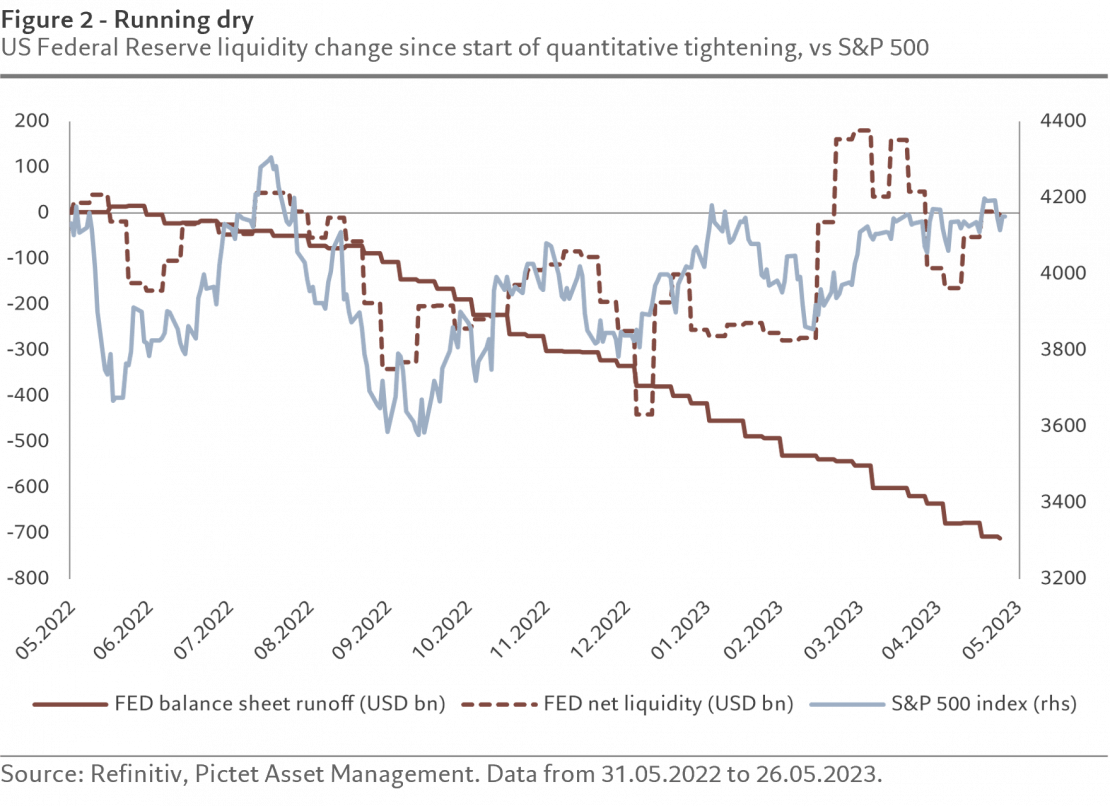
Man Group announces it has entered into an agreement to acquire a controlling interest in Varagon Capital Partners, L.P., a leading U.S. middle market private credit manager with $11.8bn of AUMs and $15.4bn of total client commitments.
Founded in 2014, Varagon is a leader in the core U.S. middle market, having completed $24.5bn of financings to over 300 companies and 138 sponsors. The firm focuses on senior secured loans with multiple covenants to cash generative, high-performing sponsor-backed companies in non-cyclical industries, and typically serves as a lead or co-lead lender, with origination capabilities that support enhanced terms and differentiated returns for investors. Varagon offers this strategy through a range of market-validated investment vehicles, including separately managed accounts, private funds, and rated note products.
Upon completion of the transaction, Walter Owens, CEO of Varagon, will continue to manage the Varagon business, supported by its existing 88 team members across offices in New York, Fort Worth and Chicago. Varagon’s investment committee, investment team and investment processes will remain unchanged, and the firm’s access to new investors will be bolstered by Man Group’s global distribution.
Varagon’s strong and experienced management team and high-quality, sophisticated client base, with a particular emphasis on the insurance channel, bring significant institutional credibility to support Man Group’s growth in U.S. private credit. The acquisition will enhance Man Group’s investment capabilities, equipping the firm with a complementary U.S.-focused direct lending strategy designed to provide consistent risk-adjusted outperformance. Crucially, Varagon brings the ability to deploy these investment capabilities at scale in a customisable format to the world’s largest institutional investors.
Under the terms of the Acquisition Agreement:
- At completion, Man Group will pay $183m in cash to selling interest holders Aflac, Corebridge Financial, American International Group, and former members of Varagon’s management team.
- The cash consideration will be funded using existing internal resources. It will be subject to a closing balance sheet adjustment reflecting any excess or deficit against a minimum working capital target.
- Aflac, Corebridge and AIG, which account for over half of Varagon’s client commitments, have agreed to continue their existing multi-year investment management agreements. Subject to maintaining a predetermined level of capital commitments over a nine-year period, extension payments of up to $93m in total will be payable in cash to Aflac, Corebridge and AIG.
- Varagon’s management team will roll all of its existing 27% interest into a structure that ensures long-term alignment with the combined business; + and management will have a reciprocal put / call option over the residual stake at fair market value in years 8, 9 and 10, subject to certain conditions.
Eric Burl, Head of Discretionary at Man Group, said: “This acquisition reflects our long-term strategy to move into new market segments where we can differentiate ourselves with talented, specialised teams. Man Group has built a rich and diversified credit offering to date, and as client demand for credit strategies is increasing, we see a significant growth opportunity in direct lending, particularly against the backdrop of regional banking difficulties in the U.S. This transaction enhances our ability to provide deep, fundamental credit expertise through a cycle, underpinned by risk management of the highest quality.”
Robyn Grew, Incoming CEO at Man Group, commented: “We are thrilled to have Varagon join Man Group as an additional investment engine. This acquisition is indicative of our commitment to diversifying our client offering and our strategic expansion ambitions in the U.S. Varagon has built a high-quality investment platform and shares our vision to deliver outperformance for clients. Our extensive distribution network and operational expertise will support Varagon with its continued growth and delivery for clients, and we very much look forward to working with such a strong team.”
Walter Owens, CEO at Varagon, said: “We are excited to be joining Man Group, a world-class investment firm with global distribution capabilities, a strong brand and infrastructure, and a like-minded, collaborative culture. Man Group’s deep experience building bespoke solutions for clients and best-in-class technology will help us to better serve our clients and further reinforce our position as a differentiated capital solutions provider in the core middle market. The private credit market continues to grow in relevance for many investors, and fundamental credit analysis and disciplined underwriting skills will come to the fore as the environment for borrowers in the U.S. becomes more challenging. We believe a combination of Man Group and Varagon will enable us to preserve our proven investment process while helping us scale our suite of products and continue to deliver compelling results to our clients and sponsor partners.”
The U.S. middle market is one of the world’s largest, with over 200,000 middle market companies generating one third of U.S. private sector GDP. U.S. pension fund allocations to private credit stood at $3.2 trillion in 2022, representing 3.6% of total allocations compared with 2.1% in 2017.
Varagon has delivered compound AUM growth of 13% over the three years to 31 December 2022. In 2022, Varagon generated total revenues of $116.3m and profit before tax of $30.9m. Total gross assets were $165.8m in December 2022. These figures have been extracted from the audited accounts of Varagon for the year ended 31 December 2022, which have been prepared in accordance with U.S. GAAP. Man Group expects the transaction to be meaningfully accretive to management fee and total EPS in the first full year following completion, according to the firm.
Wells Fargo Securities is acting as lead financial advisor and Willkie Farr & Gallagher LLP is acting as legal advisor to Man Group and/or its U.S. affiliates. Rothschild & Co. Inc. is acting as lead financial advisor and Davis Polk & Wardwell LLP is acting as legal advisor to Varagon.
The transaction is subject to regulatory approvals and is expected to complete in Q3 2023. On completion, Varagon will become known as Man Varagon. The proposed acquisition of Varagon is a Class 2 transaction pursuant to the UK Listing Rules. This announcement contains inside information and the person responsible for arranging the release of this announcement on behalf of Man Group is Elizabeth Woods, Company Secretary.
